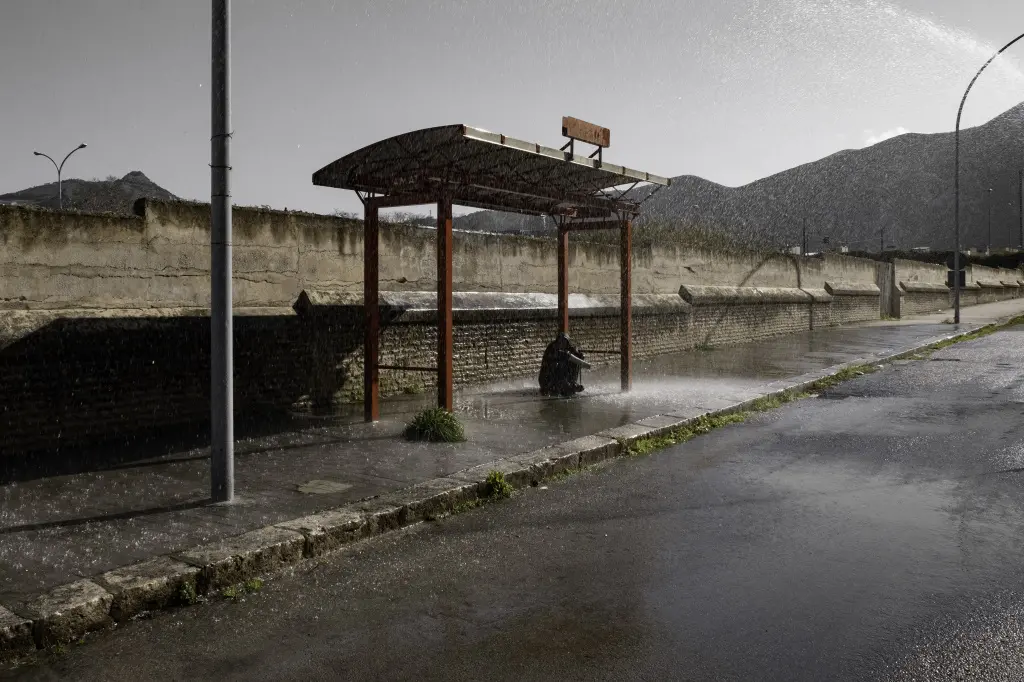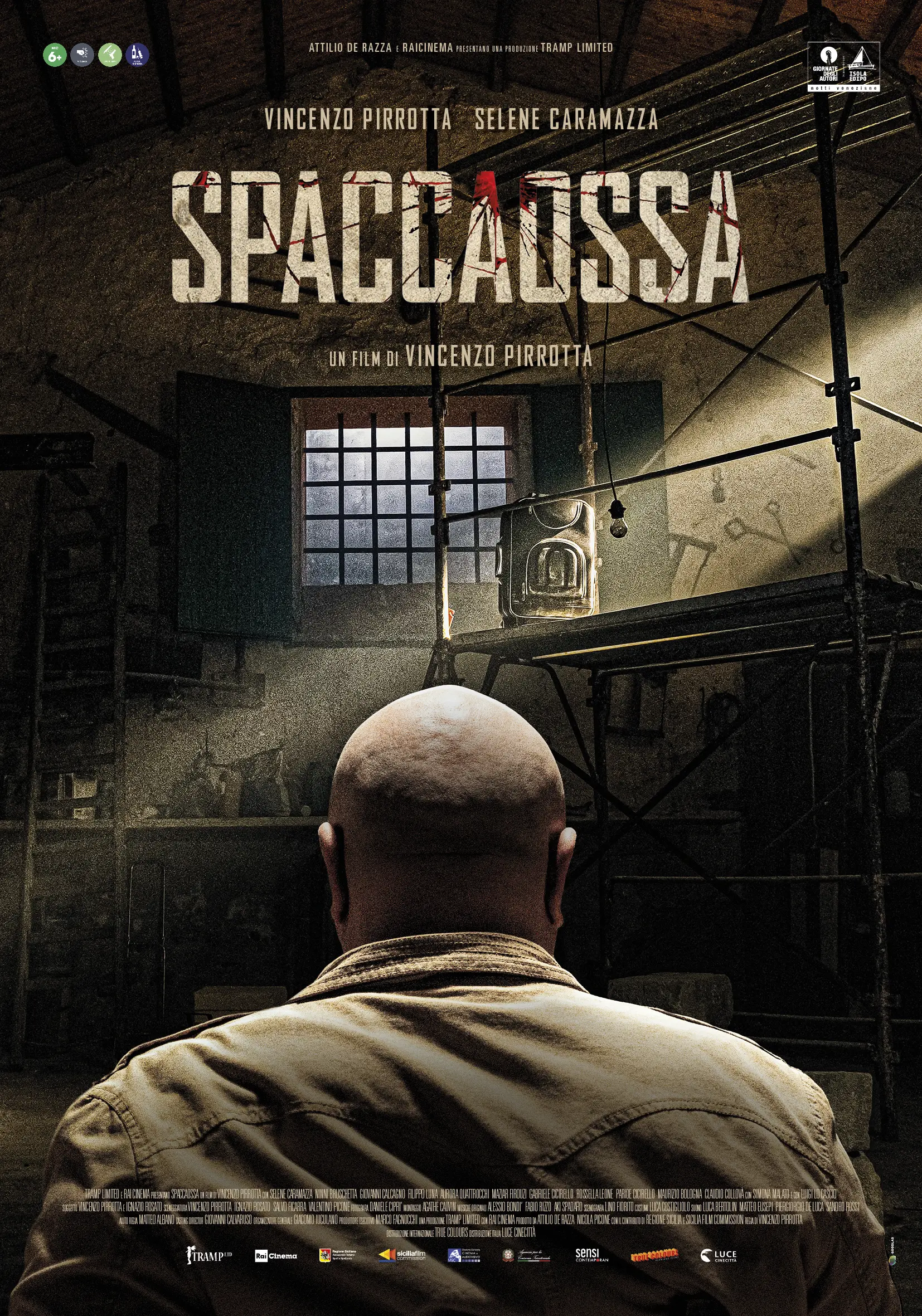

The inspiration for Spaccacossa came to Vincenzo Pirrotta after he read a news article set in the “flabby belly of Palermo”, his home town. He wrote the film with Ignazio Rosato and the duo Salvo Ficarra and Valentino Picone. Daniele Ciprì served as DP on the film.
Everything starts in a crumbling warehouse on the outskirts of town where a criminal gang breaks the legs and arms of willing victims in order to simulate fake road accidents and cash in on the insurance premiums. The sea of desperate humanity in this grey, dark, dirty setting – the unemployed, those indebted to moneylenders, gamblers, even fathers desperate to provide a good party for a daughter’s First Communion – is ready to have their limbs broken to make a bit of money and survive a day or too longer.
The desperation of these characters Is echoed by the degradation of the places where they live and die. The director shot in the neighbourhoods of Falsomiele and Borgo Nuovo in the suburbs of Palermo, and in Danisinni, a working-class neighbourhood flanking the historical centre; the riverbed of the Oreto river and the municipality of Torretta.
These streets, belonging to an unrecognisable city, are where desperate people are recruited, people like Luisa a crack addict living on the edge of society, a character teetering between perdition and rebirth. Not even Vincenzo, who she believed she could finally feel safe with, is a safe harbour as she herself ends up victim of the “bonebreakers”.
Palermo is recognisable only at the end, when an aerial sequence rises from the harbour to hover over a single residential centre, without differentiating between neighbourhoods, between centre and outskirts. In the distance, mount Pellegrino seems to protect the city, almost as if laying claim to its millenary beauty.
The inspiration for Spaccacossa came to Vincenzo Pirrotta after he read a news article set in the “flabby belly of Palermo”, his home town. He wrote the film with Ignazio Rosato and the duo Salvo Ficarra and Valentino Picone. Daniele Ciprì served as DP on the film.
Everything starts in a crumbling warehouse on the outskirts of town where a criminal gang breaks the legs and arms of willing victims in order to simulate fake road accidents and cash in on the insurance premiums. The sea of desperate humanity in this grey, dark, dirty setting – the unemployed, those indebted to moneylenders, gamblers, even fathers desperate to provide a good party for a daughter’s First Communion – is ready to have their limbs broken to make a bit of money and survive a day or too longer.
The desperation of these characters Is echoed by the degradation of the places where they live and die. The director shot in the neighbourhoods of Falsomiele and Borgo Nuovo in the suburbs of Palermo, and in Danisinni, a working-class neighbourhood flanking the historical centre; the riverbed of the Oreto river and the municipality of Torretta.
These streets, belonging to an unrecognisable city, are where desperate people are recruited, people like Luisa a crack addict living on the edge of society, a character teetering between perdition and rebirth. Not even Vincenzo, who she believed she could finally feel safe with, is a safe harbour as she herself ends up victim of the “bonebreakers”.
Palermo is recognisable only at the end, when an aerial sequence rises from the harbour to hover over a single residential centre, without differentiating between neighbourhoods, between centre and outskirts. In the distance, mount Pellegrino seems to protect the city, almost as if laying claim to its millenary beauty.

Tramp Limited, Rai Cinema